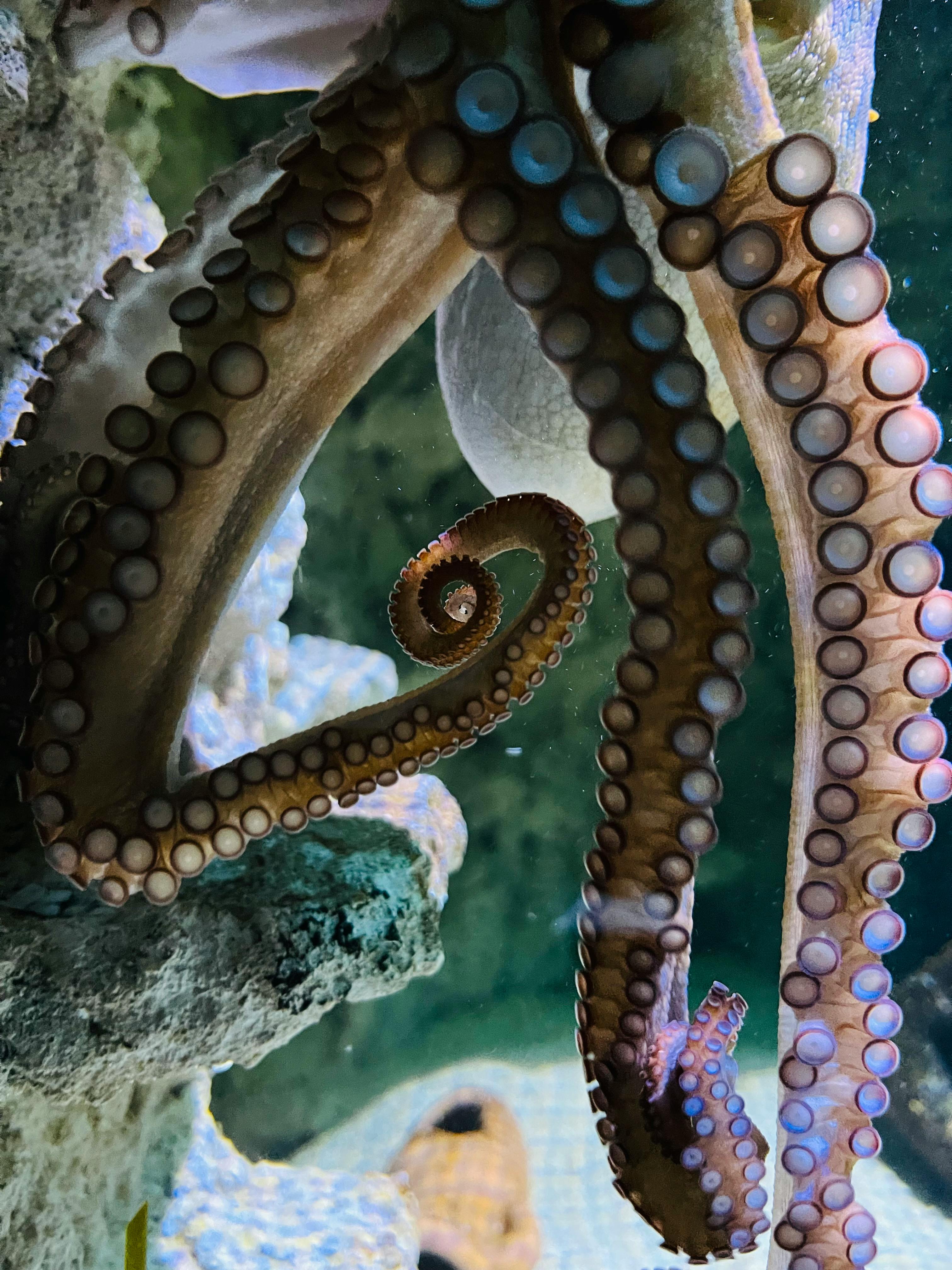Decoding the Secret World of Cuttlefish Communication
Cuttlefish, those enigmatic masters of disguise lurking in our oceans, have long captivated marine biologists and casual observers alike. But beyond their chameleonic abilities lies a complex system of communication that's only now beginning to be unraveled. This article delves into the fascinating realm of cuttlefish interactions, exploring how these remarkable cephalopods convey messages, express emotions, and navigate their underwater social networks.

The Canvas of the Sea: Cuttlefish Skin
At the heart of cuttlefish communication lies their remarkable skin. Unlike other animals, cuttlefish possess a unique ability to rapidly change their appearance through specialized cells called chromatophores. These cells contain pigments that can be expanded or contracted, allowing the cuttlefish to produce an astonishing variety of patterns and colors in mere milliseconds.
But the chromatophores are just the beginning. Cuttlefish skin also contains iridophores and leucophores, which reflect and scatter light, respectively. This combination of pigment-based and structural coloration gives cuttlefish an unparalleled palette for expression, enabling them to create complex patterns that serve various communicative purposes.
The Language of Patterns
Cuttlefish use their dynamic skin to convey a wide range of messages. During courtship, males often display zebra-like stripes to attract females, while also using their arms to create intricate shapes. These displays not only showcase the male’s fitness but also communicate his intentions to potential mates.
Territorial disputes are another arena where cuttlefish communication shines. When two males encounter each other, they may engage in a visual duel, each trying to intimidate the other with increasingly dramatic displays. These encounters often involve rapid changes in skin pattern, from bold stripes to pulsating spots, as each cuttlefish attempts to assert dominance without resorting to physical confrontation.
Beyond Visual: The Role of Touch and Chemicals
While visual communication is their primary mode of interaction, cuttlefish also employ other sensory channels to convey information. Tactile communication plays a crucial role, especially during mating. Male cuttlefish use their arms to gently stroke females, a behavior that seems to both calm the female and signal the male’s readiness to mate.
Chemical signaling, though less understood, is another important aspect of cuttlefish communication. Recent studies suggest that cuttlefish may release pheromones to attract mates or warn conspecifics of danger. This chemical language adds another layer to their already complex communication system, allowing them to interact even when visual cues are limited.
The Social Network of the Deep
Cuttlefish social structures are far more intricate than previously thought. Recent observations have revealed that these animals engage in complex social interactions, forming temporary alliances and hierarchies. Their communication system plays a vital role in maintaining these social networks, allowing individuals to recognize each other, establish dominance, and coordinate group activities.
One fascinating aspect of cuttlefish social behavior is their ability to engage in deception. Smaller males have been observed mimicking female appearances to sneak past larger, more aggressive males and gain access to females. This sophisticated form of visual trickery demonstrates the advanced cognitive abilities underlying cuttlefish communication.
Implications for Marine Conservation and Technology
Understanding cuttlefish communication has far-reaching implications. From a conservation perspective, this knowledge can help us better protect these remarkable creatures and their habitats. By recognizing the importance of their visual environment, we can work to minimize human-induced disturbances that might disrupt their communication patterns.
Moreover, the study of cuttlefish communication is inspiring new technologies. Scientists are exploring ways to mimic the rapid color-changing abilities of cuttlefish skin for applications in camouflage, display technologies, and even soft robotics. The estimated market impact of these bio-inspired technologies ranges from $500 million to $1 billion over the next decade, highlighting the potential economic value of understanding cuttlefish communication.
As we continue to unravel the mysteries of cuttlefish communication, we gain not only a deeper appreciation for these remarkable animals but also valuable insights into the complexity of marine ecosystems. The silent conversations happening beneath the waves remind us of the intricate connections that exist in nature, urging us to listen more closely to the languages of the sea.





